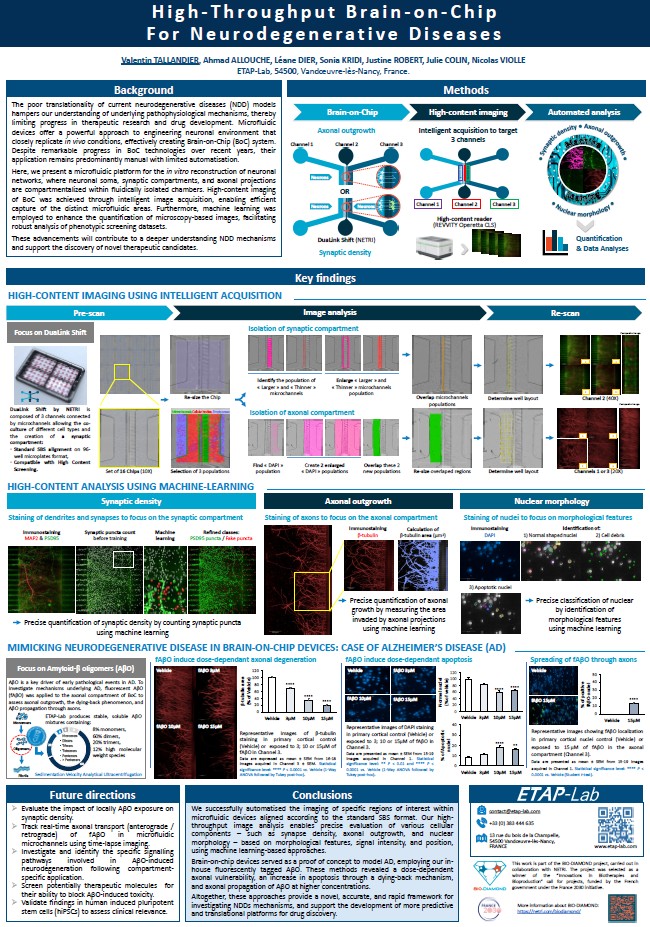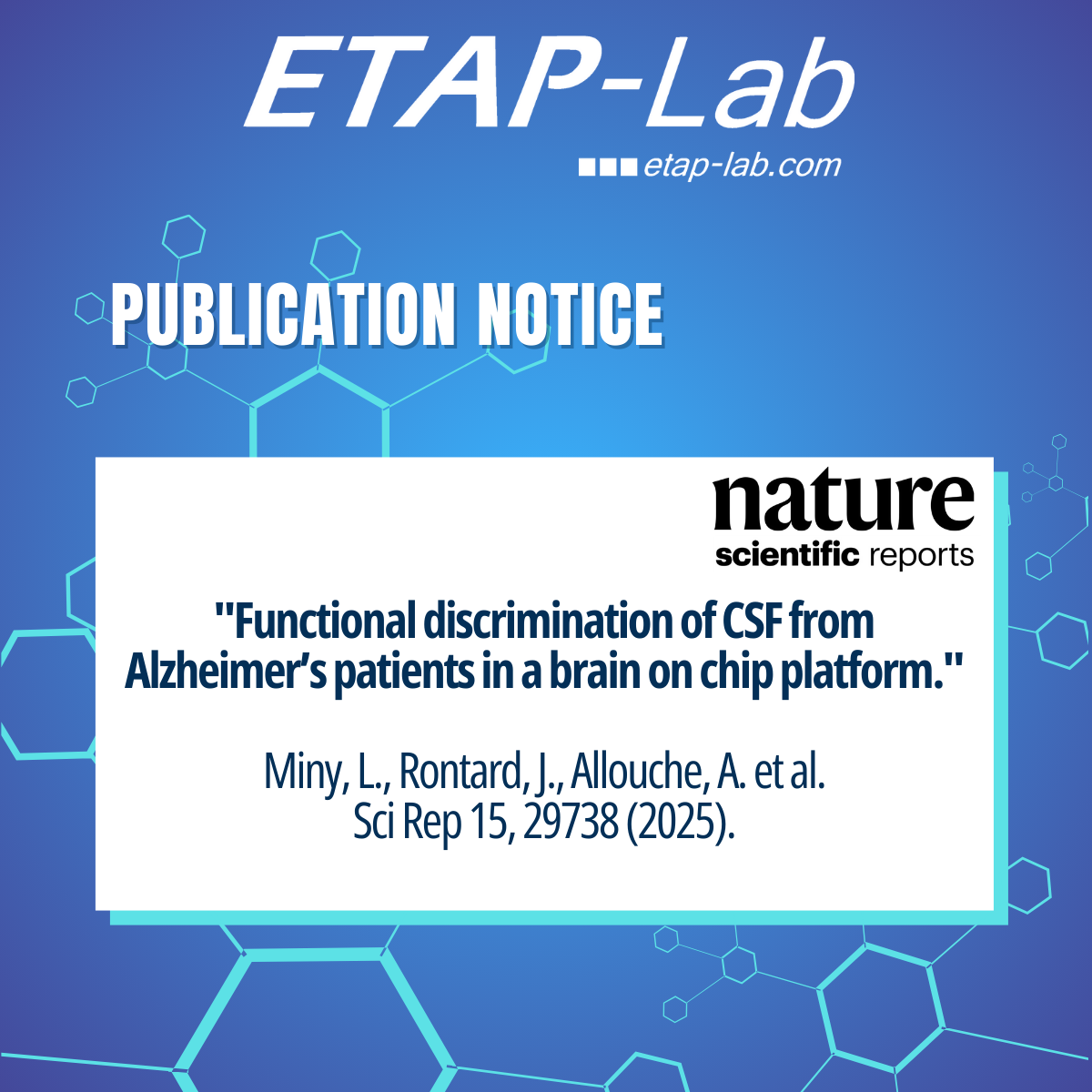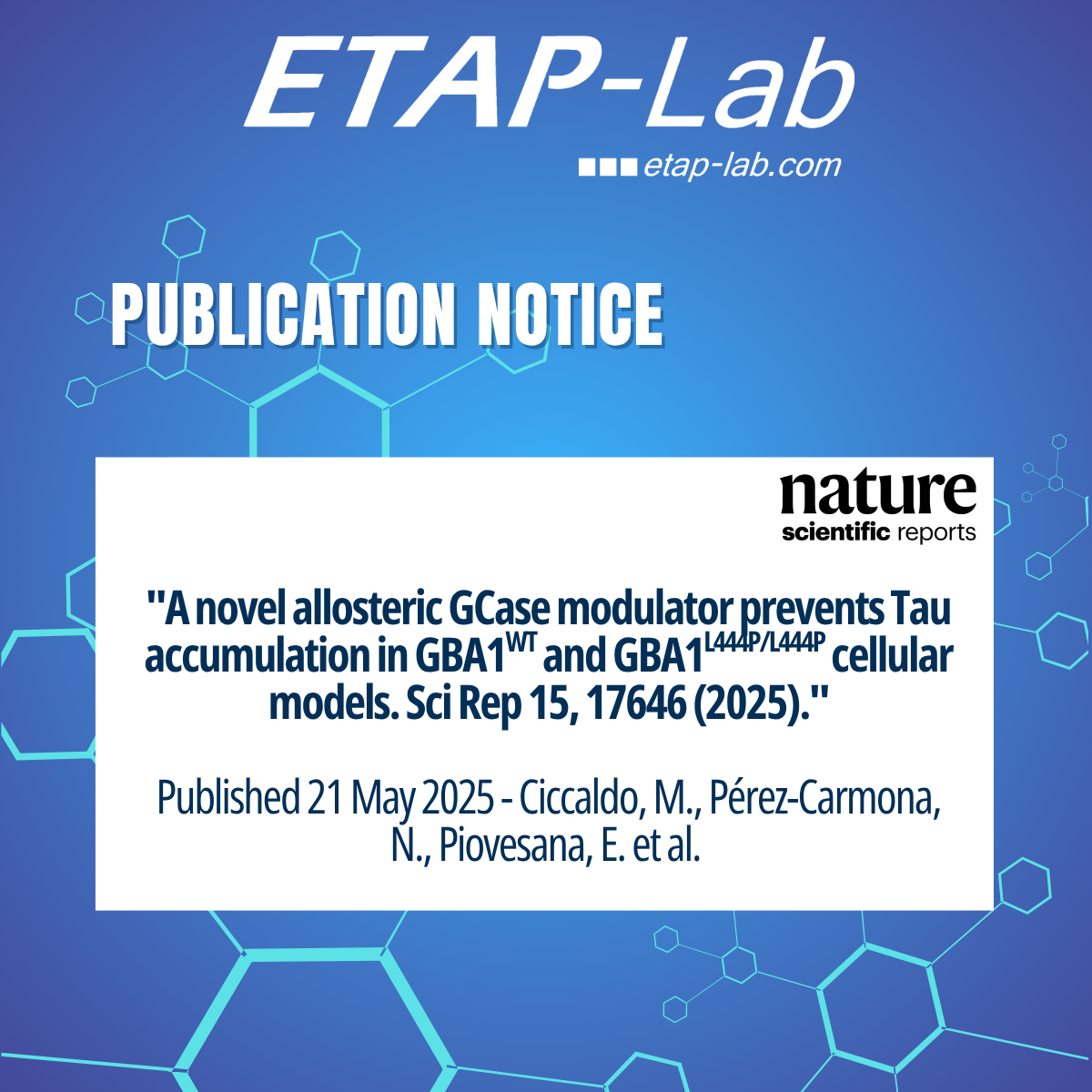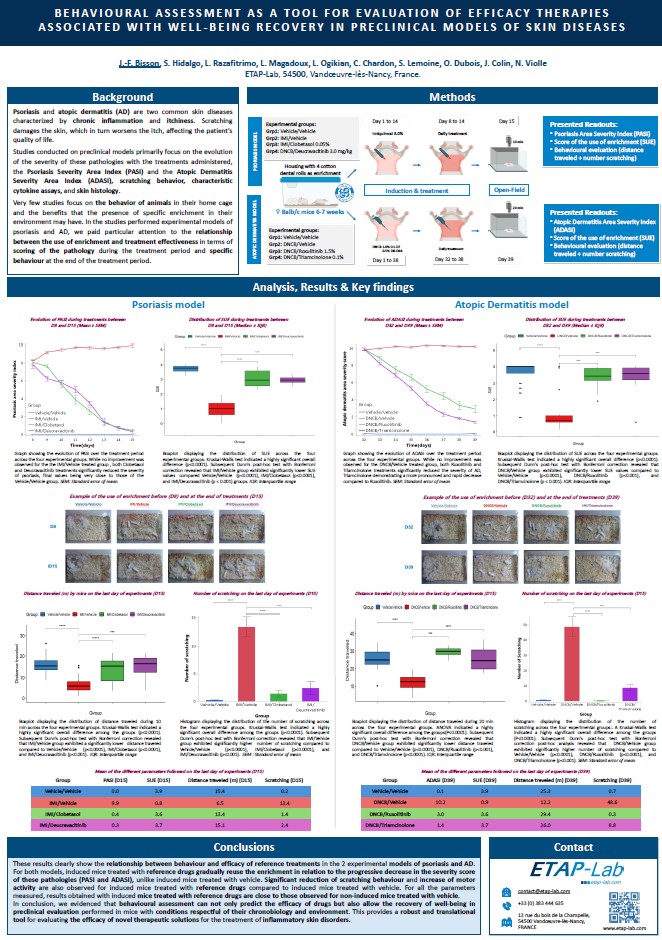
POSTER: High-throughput Brain-on-Chip for neurogenerative diseases
Valentin TALLANDIER, Ahmad ALLOUCHE, Julie COLIN, Léane Dier, Sonia KRIDI, Nicolas VIOLLE -
Dr Valentin TALLANDIER, in vitro Preclinical Project Leader, presented the team’s research during the MPS World Summit 2025 in Brussels in his poster.
Learn more about our high-thoughput capacitites for neurogenerative diseases in the poster!
Until the poster is available here, don’t wait any longer and ask for the poster in PDF!
Authors: Valentin TALLANDIER, Ahmad ALLOUCHE, Julie COLIN, Léane Dier, Sonia KRIDI, Nicolas VIOLLE
Abstract:
Synaptic plasticity alterations are a hallmark of cognitive decline in neurodegenerative diseases (NDD). Synaptic loss occurs at early stages of the disease, highlighting its potential as a critical therapeutic target. Despite extensive research, most therapeutic candidates for NDD have failed in clinical trials, primarily due to the late stage targeting of current therapeutic strategies. Therefore, there is an urgent need to develop predictive and reliable preclinical models that replicate the early neuropathological features of NDD within the synaptic environment. Additionally, the implementation of high-throughput methodologies could significantly accelerate drug discovery efforts for this challenging disease.
Here, we report progress in developing high-throughput in vitro systems that model NDD characteristics to study the synaptic environment in standard 2D culture and compartmentalized microfluidic devices.
Synapse density was assessed using a fluorescent high-content imaging system in primary cortical neurons from embryonic rodents. Initially, in standard 2D culture, neurons were exposed to a synaptotoxic environment, including glutamate and oligomeric species of amyloid-beta (AβO) and tau (TauO) which are implicated in NDD. Secondly, we employed a three-chamber microfluidic device to independently study pre- and post-synaptic neurons, isolated from the synaptic environment, to specifically target synaptic connexions. By separating the neuronal compartments, this model provided insights into the specific effects of synaptotoxic agents on each side of the synapse, thereby advancing our understanding of synapse-specific vulnerability in NDD.
Our data show that: 1) using glutamate treatment as proof of concept, high-content imaging allows quantification of synaptic density modulation, 2) exposure to AβO and TauO significantly induces synaptic degeneration, and 3) specifically targeting the synapse using a compartmentalised microfluidic device represents a screening tool of interest for the development of drugs for NDD.
In conclusion, our findings mark a significant advancement in developing relevant, automated, and reproducible NDD models for specifically studying synaptic connections, with the potential to uncover new pathological mechanisms and screen for effective treatments.
Keywords: Alzheimer’s disease; Synapses; oligomers; High-throughput; pharmacology.








